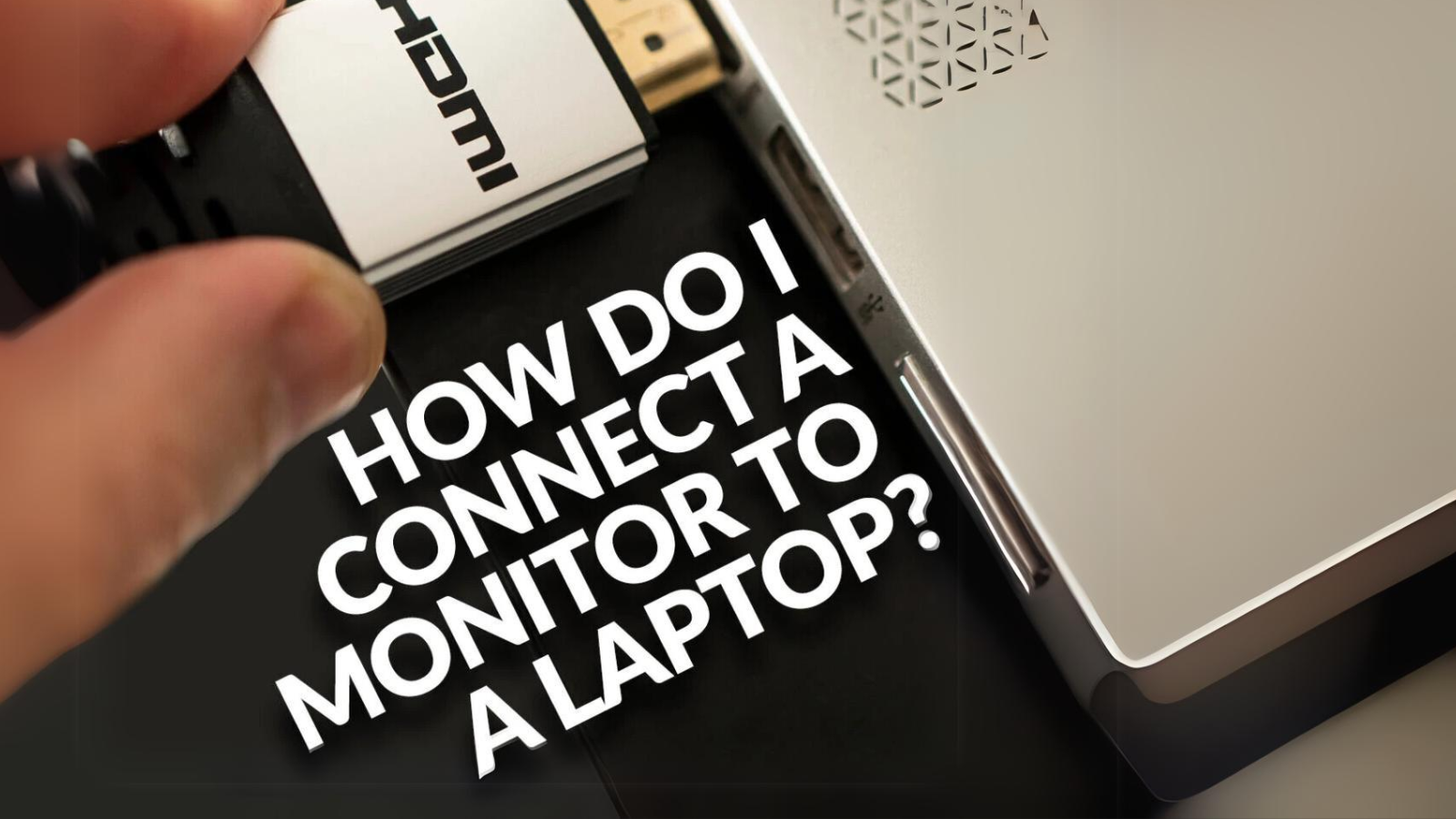Whether as an improvement on your laptop’s existing screen or as a second one to boost your productivity, connecting a monitor to your laptop has many benefits. Here’s how you can easily hook them up for yourself.
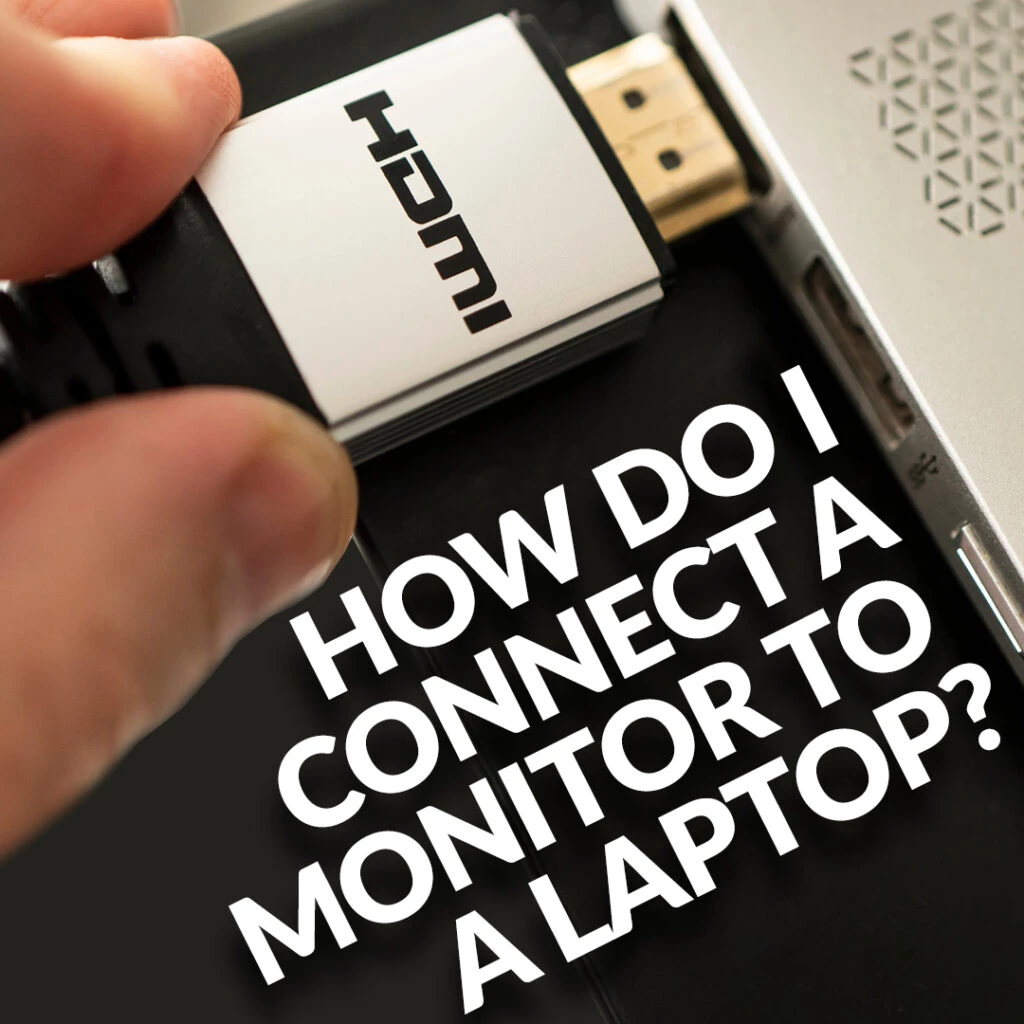
Considering Connections
The first thing to consider is what kind of cable you will use to connect your laptop and monitor. The three main types are HDMI, USB-C, and VGA. Unless you’re using an older monitor, you are unlikely to use VGA (or Video Graphics Array) as it is a now-obsolete connection.
As for USB-C, and its variety of types and connectors, it is mostly used for connecting MacBooks (as a Thunderbolt connection) or portable monitors. If you’re using a Windows laptop or a gaming monitor, you’ll more than likely be using HDMI. There are even some laptops that dispense with HDMI and force you to use a USB connection, so be sure to check what ports your system has.

If you’re wondering what sets HDMI apart from DisplayPort (DP) used for connecting gaming PCs to monitors, be sure to check out our dedicated article.
Setting Up Your Monitor and Laptop
Once you’ve selected the perfect cable, it’s time to connect your laptop and your monitor. Start with both switched off, then attach the cable. Boot up your laptop and, once on the desktop, right-click on an area free of icons and select “Display” (“Display settings” in Windows 11).
Your next step will depend on how you want to use your monitor.
Make Your Monitor Your Main Screen
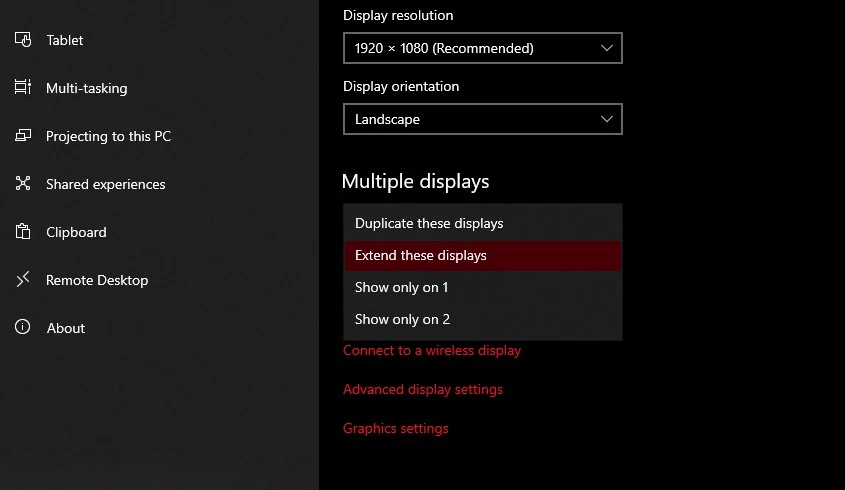
When you are in display settings, you will see that your laptop screen and monitor will be denoted as display 1 and 2, usually respectively. Scroll down and click the drop-down options beneath “Multiple displays” and choose “Show only on…” for the relevant display. Your external monitor will now become your sole screen and you can adjust further settings accordingly.
On Windows 11, the options can be found under a “Multiple displays” tab rather than a drop-down menu.
Make Your Monitor a Second Screen
From your display settings, scroll down to “Multiple displays”. There will be an option in the drop-down menu underneath this called “Extend these displays”. Select that, and your laptop and monitor displays will then work as one. Scroll back up to the top of the page and you can adjust the alignment of the displays to match how you have them on your desk.
On Windows 11, the options can be found under a “Multiple displays” tab rather than a drop-down menu.
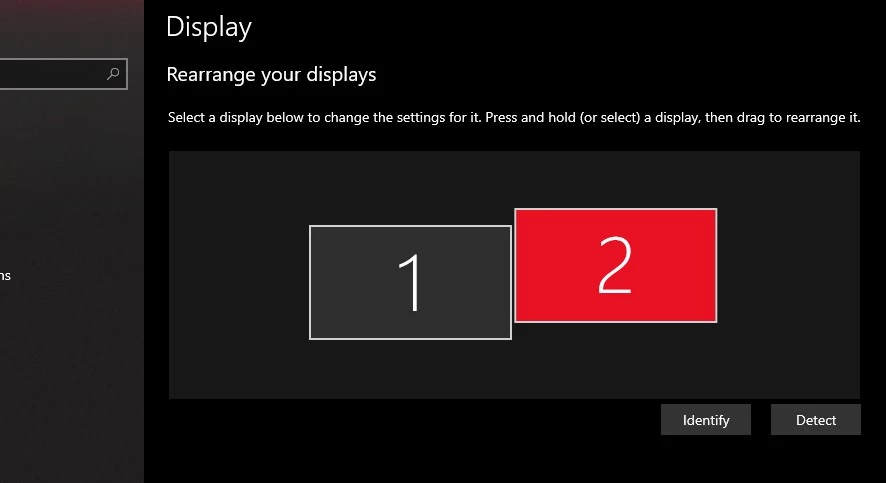
Use Two Monitors for Dual Screens
If you want to connect two external monitors to your laptop, you will need a second HDMI port or a USB-C port that supports video plus a specially designed hub.. If you have a second port, then your laptop will detect both monitors and offer you options to extend or duplicate your display as with a single monitor.
The Hardware to Handle It
Whether you need to get a monitor to match your laptop, or improve your portable computer for its second screen, we have some excellent options for both here at Overclockers UK. Check out some of our picks for yourself.

Acer Predator Helios Neo 16 Gaming Laptop
- 16.0” WQXGA display
- 240Hz refresh rates
- Intel i9 14900HX CPU and NVIDIA RTX 4070
- 16GB DDR5 RAM
- Windows 11 Home included
MSI 32” MPG 321URX Gaming Monitor
- 32” gaming monitor
- 3840 x 2160 display resolution
- 240Hz refresh rates
- 0.03ms response time
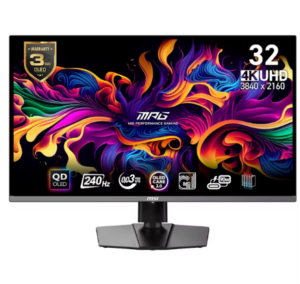
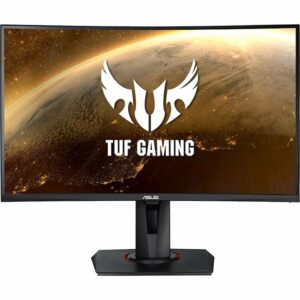
ASUS TUF Gaming 27” VG27WQ Gaming Monitor
- 27” gaming monitor
- 2560 x 1440 display resolution
- VA panel
- 165Hz refresh rates
- 1ms response time
Learn More About Your PC Hardware
How Did You Connect Your Laptop and Monitor?
What connectivity method did you go for and why? Let us know in the comments.
